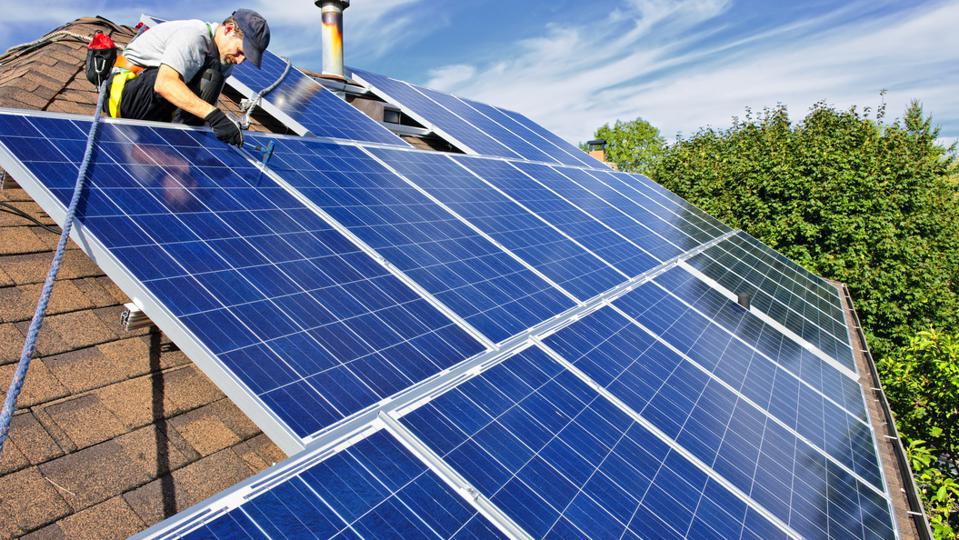
Facts About Solar Power & Home Solar Panels
If you are considering investing in solar panels to reduce energy costs, you should know how solar energy works, sunlight availability, product specs, and where to find more information.
The photoelectric effect was discovered in 1839 by Edmond Becquerel. But it took another one hundred years before scientists could understand the complete process. Solar energy is produced from materials concentrating the sun’s energy. Photovoltaic cell technology uses solar cells to convert sunlight into electrical power utilising the photoelectric effect causing certain materials to convert light energy into electrical energy at the atomic level.
Effects of Global Warming
Governments around the world are helping to develop improved solar-energy technologies. Solar technology lessens our dependence on foreign oil and other fossil energy technologies, adding to the causes of global warming. Also, photovoltaic call technologies help to stimulate our economy and create more jobs in the solar cell industry. A growing number of people, including ordinary citizens, celebrities, and business owners are switching to clean energy technologies.
In addition, solar panels can help reduce the emissions of other pollutants indirectly by displacing or displacing other forms of energy generation that produce these emissions.
The siting of solar panels can also have environmental benefits. Solar photovoltaic (PV) systems can be installed on rooftops, in open spaces such as car parks, or on the ground. Rooftop solar PV is particularly beneficial as it can use otherwise underutilised space and generate electricity without taking up valuable land.
Home Solar Disadvantages
Although solar energy has many advantages, there are also a few disadvantages. The factors to consider are the costs of installation, the amount of energy needed, and the amount of energy available. Regions and rooftops receiving the most sunshine will benefit most from solar energy.
Solar Power Benefits
Solar power is eventually cost-effective, as you can recoup the initial investment in 2 to 8 years through savings on energy bills.
Solar installations have become much more efficient over time. In the early days of solar power, a typical solar panel would have an efficiency of just 5-10%. Now, the best panels on the market have up to 23% efficiency. They can convert more of the sun’s energy into electricity.
The economics of solar power have improved due to the “learning effect.” This is the principle that the more solar panels are installed, the cheaper they become. That’s because businesses and individuals learn from past experience and become more efficient at installing solar panels.
Solar-generated electricity has many environmental benefits, including no emissions of pollutants or greenhouse gases. Solar power is therefore an exceptionally clean energy source, with no emissions of carbon dioxide (CO2), the main greenhouse gas implicated in climate change. Solar panels don’t just reduce emissions – they can also help to offset them.
Solar farms can also have positive environmental benefits, for example, providing wildlife habitats or using unsuitable land for other purposes.
Another environmental benefit of solar-generated electricity is that it is a very flexible energy source. Solar PV systems can be designed to meet the specific needs of each site, and they can easily be scaled up or down to match changes in electricity demand. This flexibility is not possible with other forms of generation, such as coal- or gas-fired power plants, which are much more challenging to alter in size.
Overall, solar power provides many environmental benefits compared to other forms of energy generation. It produces no emissions of greenhouse gases or other pollutants, it can make use of underutilised space, and it is very flexible in terms of its applications. These advantages make solar power an increasingly attractive option for a low-carbon future.
